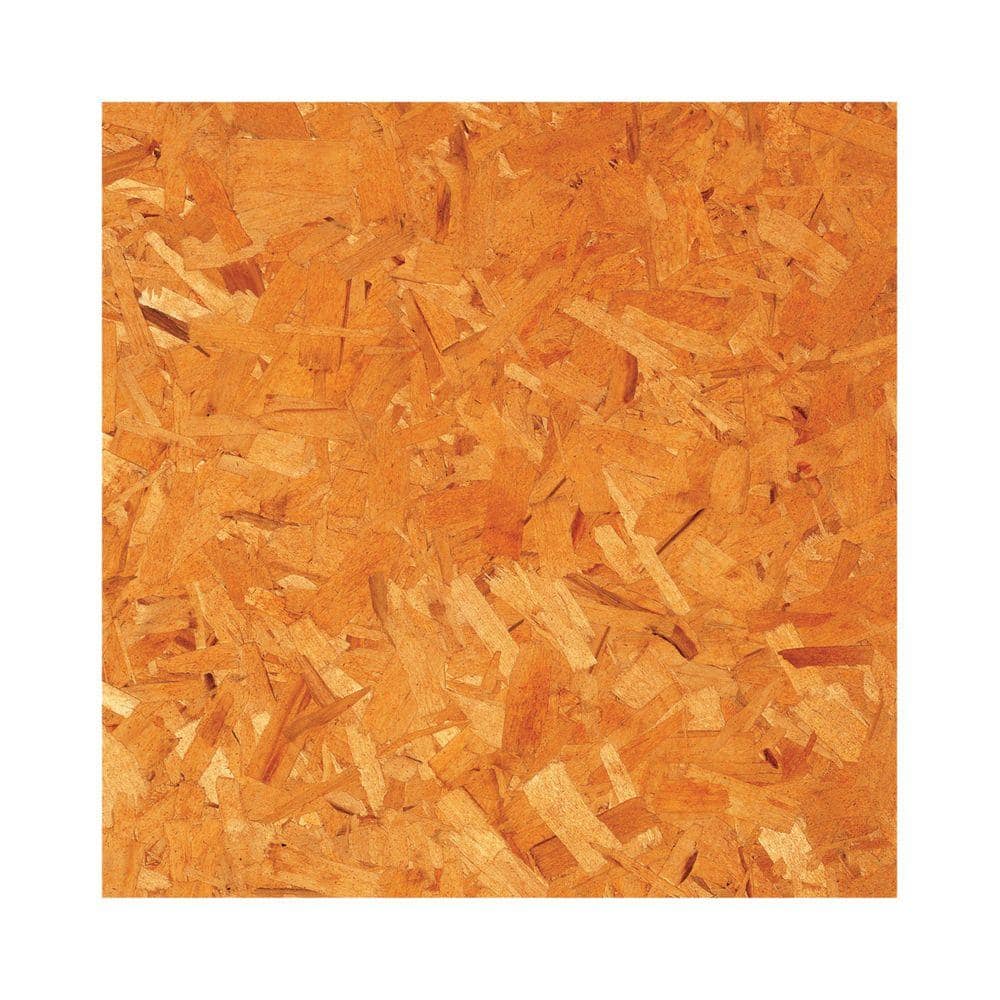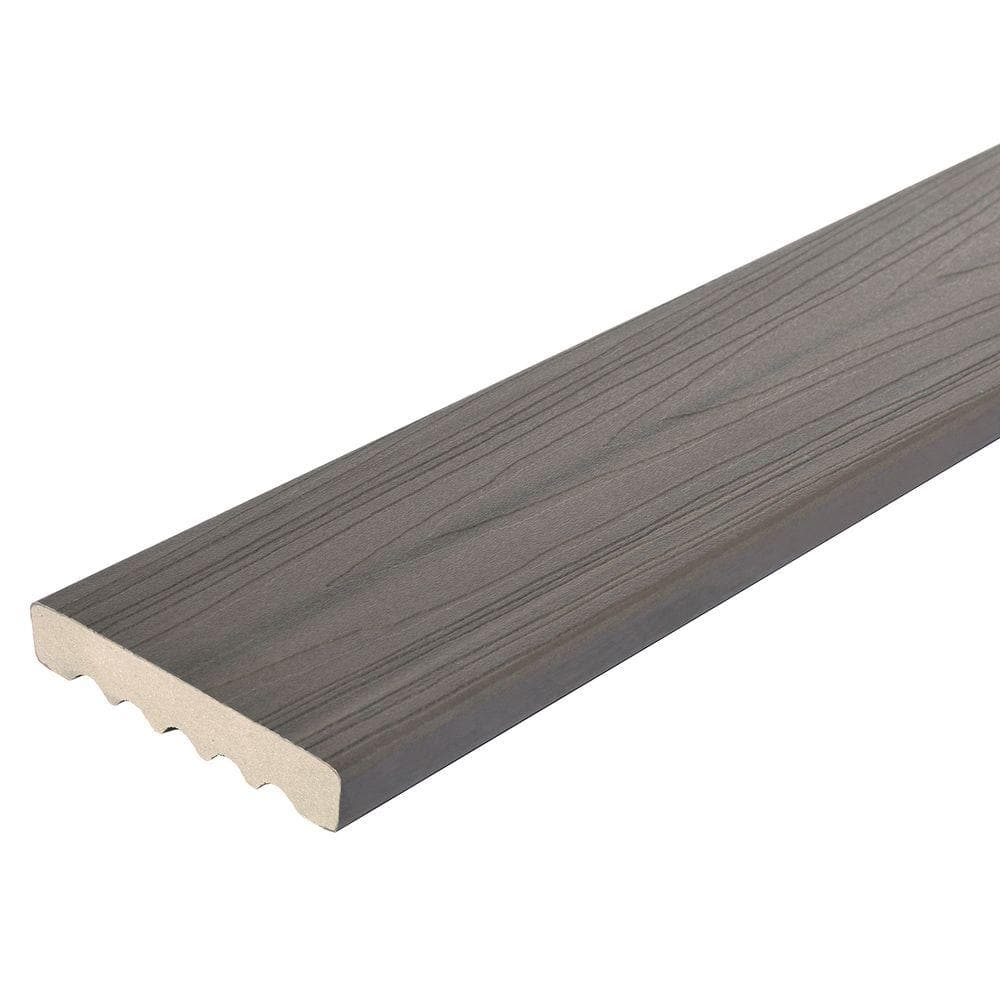Unbranded 6 ft. H x 8 ft. W Pressure-Treated Pine Dog-Ear Fence Panel
Pressure-treated to resist termites and fungal decay. Panel comes pre-assembled for easy, DIY installation. Dog ear panel provides privacy and adds beauty to your home.
This heavy-duty, pine fence panel features a classic dog ear design. The pre-built panel installs hassle-free. Made from pressure-treated lumber, this panel is protected against termites, fungal decay and rot. For any outdoor projects where lumber will be exposed to the elements, pressure-treated wood is a smart investment. This wood fence panel may also be painted or stained to suit your personal preferences. Please note that posts are not included with this panel.
- Limited lifetime warranty against rot and termites
- 6 ft. x 8 ft. (1 in. x 6 in. pickets)
- Treated with MCA (Micronized copper azole)
- Compatible with aluminum and carbon steel (Black iron) fasteners
- Pre-assembled panel for easy installation
- Please note that posts are not included with this panel
- Note: product may vary by store
Additional information
| Actual backer rail length x thickness x width (in.) | 96 x 1.5 x 2.5 |
|---|---|
| Actual panel height x thickness x width (in.) | 72 x 2.25 x 96 |
| Nominal backer rail length x thickness x width (in.) | 96 x 2 x 3 |
| Nominal panel height x width (ft.) | 6 x 8 |
| Manufacturer Warranty | See store for details |






by Abe
Excellent pressures treated and preframed fence panels. We got them up as replacements for rotted and no pressured wood that was falling off and attached to the 4x4s (that were already treated and healthy) already in concrete footings. This saved us the time of measuring and cutting a lot. The material is solid and straight/no bad pieces or bowing. No bad knots in the wood.
by Dave
Solid product. Minimal warping and very sturdy.
by Patrick
The back yard looks priceless.
by Chrissy
Very sturdy, perfect.